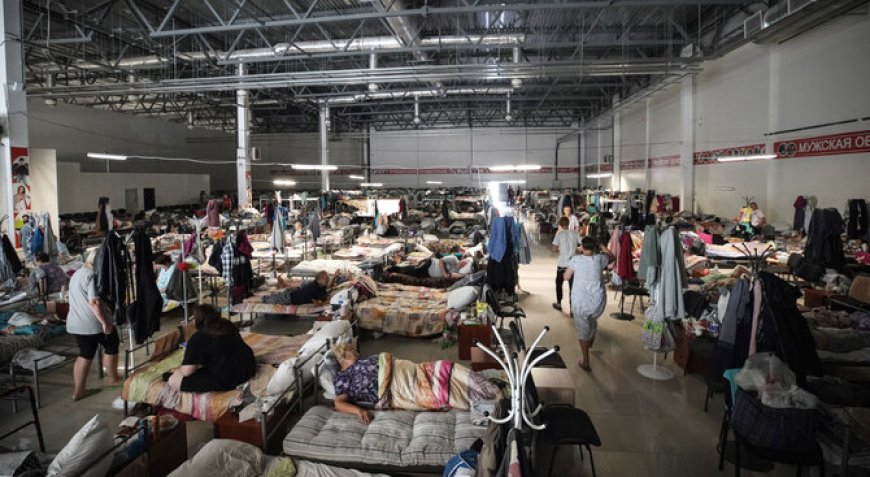Russia pulls thousands of people from rising Ukrainian incursions into border areas

Citing rising shelling and cross-border attacks, Russia has announced in a major move the evacuation of more than 30,000 people from her border areas near Ukraine. Russia's human rights commissioner Tatyana Moskalkova verified the evacuations—which comprise around 8,000 children—in a statement released on Monday.
Following a Ukrainian incursion into Russia's Kursk area in August 2024, when Ukrainian soldiers seized control of several communities, this major exodus occurs. Since then, Kyiv has allegedly occupied several of these roles, flipping the script on Russia in its continuous battle started with Moscow's full-scale invasion of Ukraine in February 2022. According to Ukraine's military, which seeks to disturb supply lines and undermine Moscow's activities in eastern Ukraine, Ukrainian strikes on Russia's border areas have aimed at infrastructure vital to Russia's war efforts.
Direct results of the increased fighting near the border include the evacuation of Russian people. Moskalkova verified that about 1,000 temporary shelters all around Russia had been assigned to the evacuees Although these institutions are meant to meet fundamental needs, the psychological effects of relocation—especially for children—are impossible to fully appreciate. Many of the Russian evacuated areas have witnessed occasional, but progressively strong shelling, highlighting the conflict's growing scope outside of Ukraine.
Although the Ukrainian foray into the Kursk area has been characterised as a forceful reprisal against Russia's ongoing aggressiveness, it has also resulted in a humanitarian crisis. More than 1,000 Russians from Kursk have reportedly vanished, Moskalkova pointed out; their families claim that Ukrainian troops abducted them. Independent sources still contradict these assertions, though, and Kyiv has not released any comments about the claimed detentions.
The larger background of this conflict exposes a war that has developed from a conventional battlefield to one influencing civilian populations on both sides of the border. Ukraine has suffered great devastation since the invasion in 2022; thousands of people have died and millions have been displaced. Though less common, Ukrainian operations into Russian territory show Kyiv's increasing capacity to project force outside of its boundaries in an effort to compromise Russia's military infrastructure.
Moskalkova also cited visits to more than 2,000 Ukrainian POWs housed in Russia, implying some degree of warring party coordination about POW treatment. Moskalkova claims that officials from Ukraine have also visited Russian detainees under custody there. This brief view into potential future interactions or talks contrasts greatly with the unrelenting military clash.
Now over three years long, Russia's conflict with Ukraine shows no signs of abating. Originally a territorial conflict over Crimea and the Donbas area, what started out as such has developed into a grinding war with rising dead on both sides. Moscow's early hopes for a quick triumph have long been crushed, and Ukraine's ongoing fortitude—supported by foreign military and financial backing—has changed the nature of the battlefield.
The situation along the border may deteriorate as winter draws in both sides getting ready for more action. Russia's choice to evacuate tens of thousands of people from the fighting area emphasizes the growing human cost of this war, not only for Ukrainians but also progressively for Russians.













































